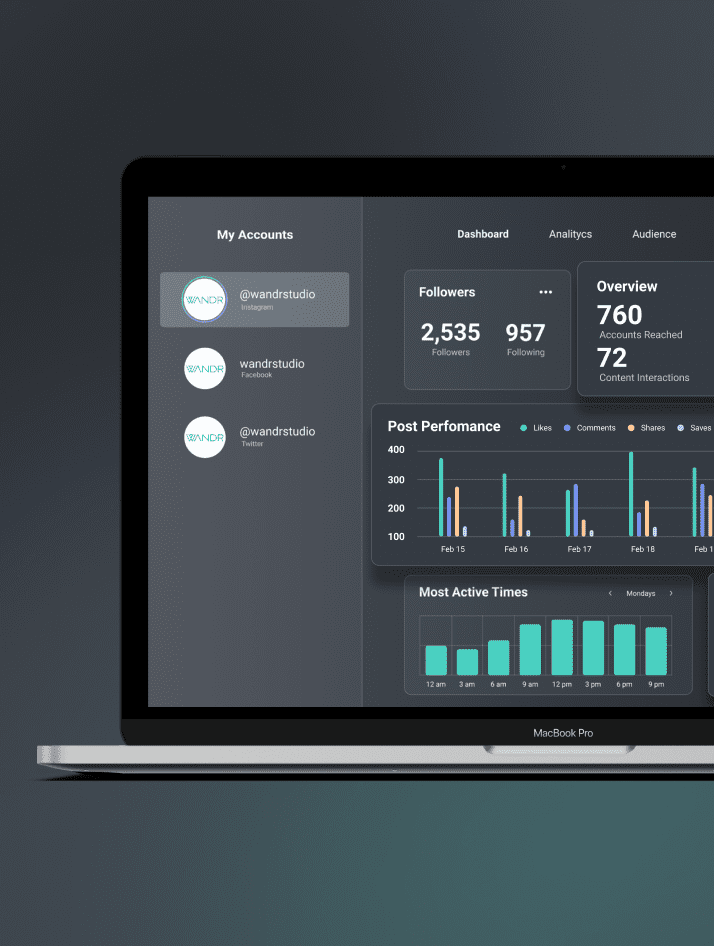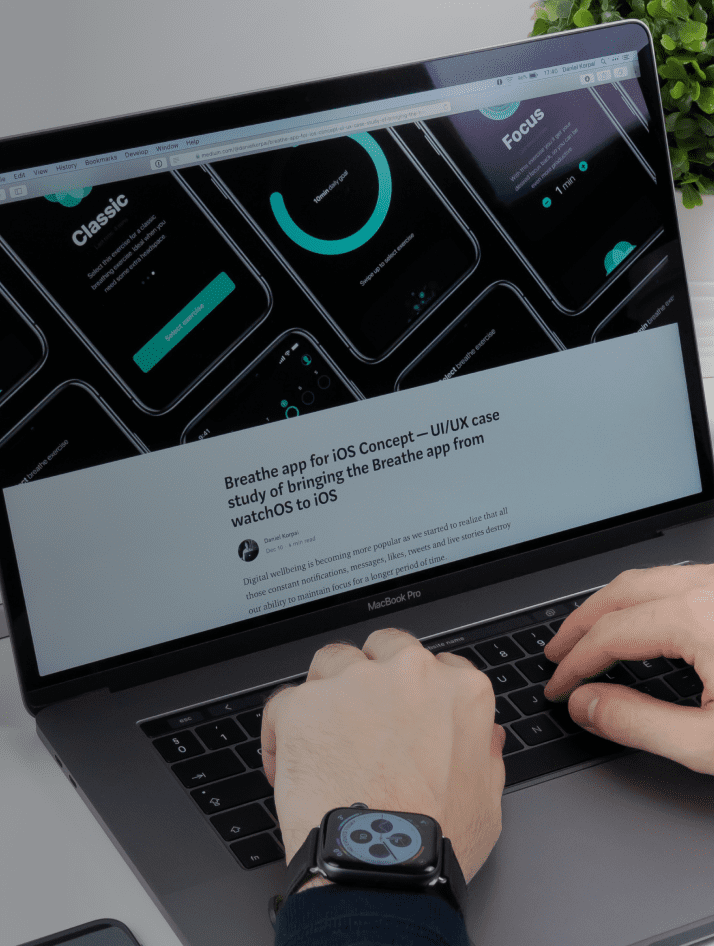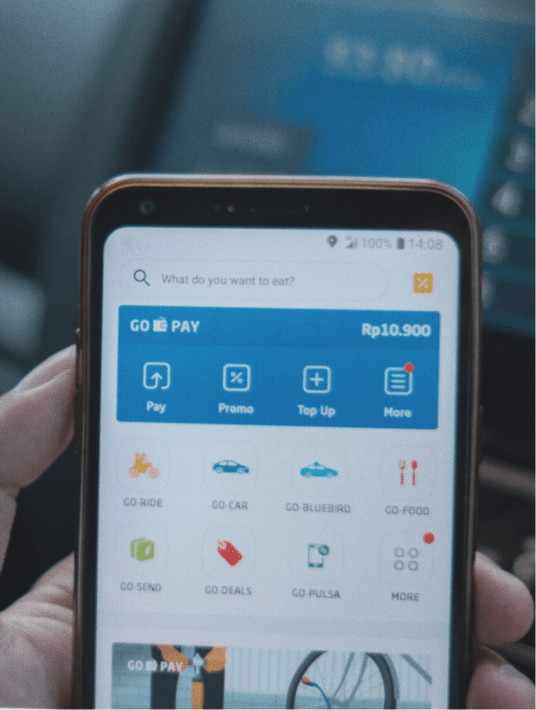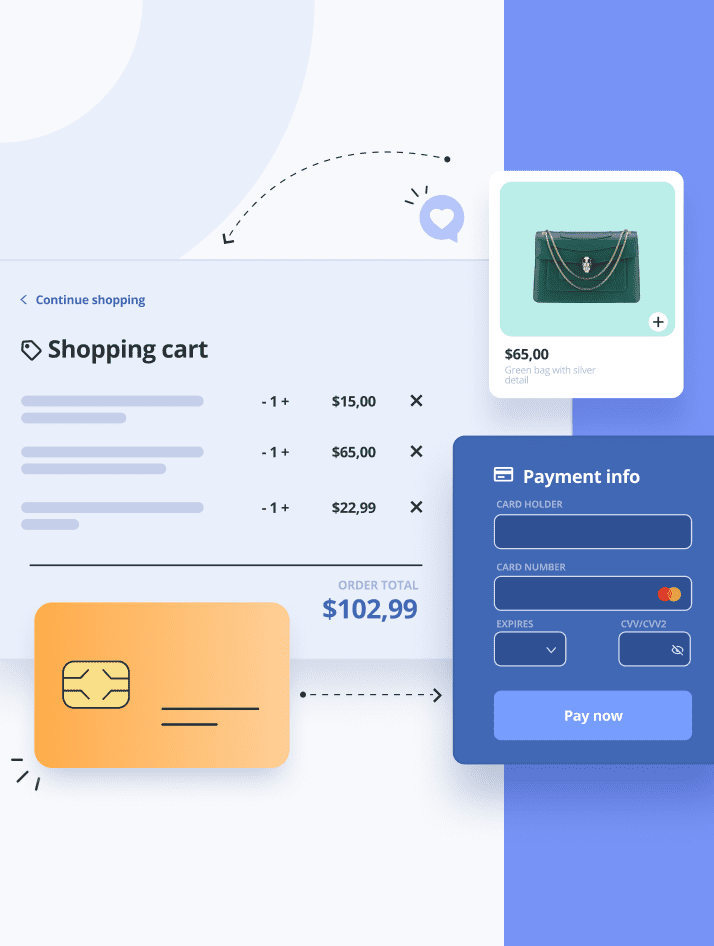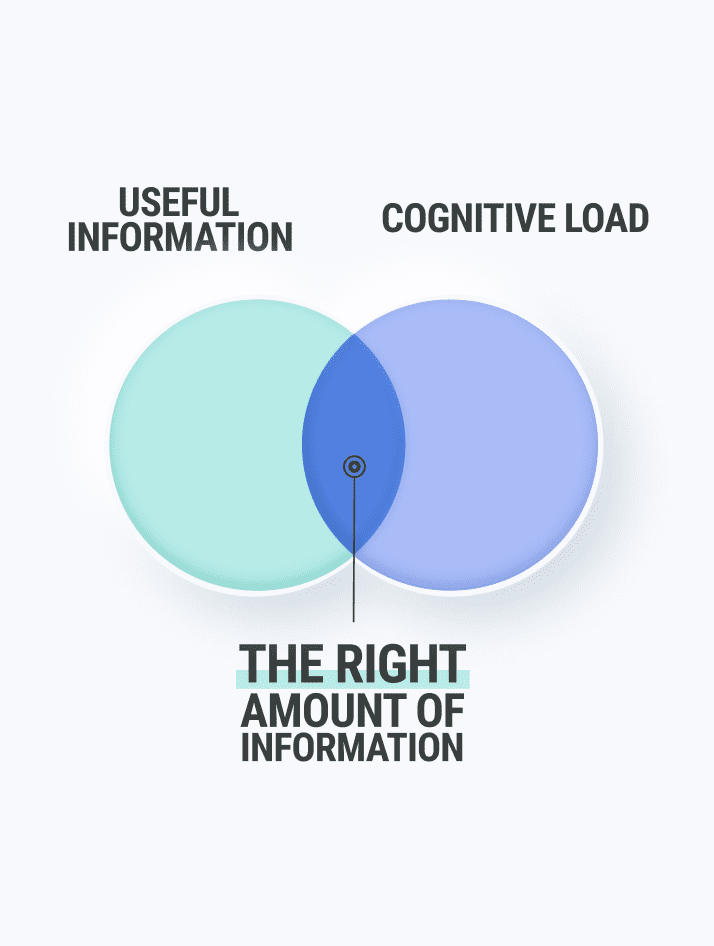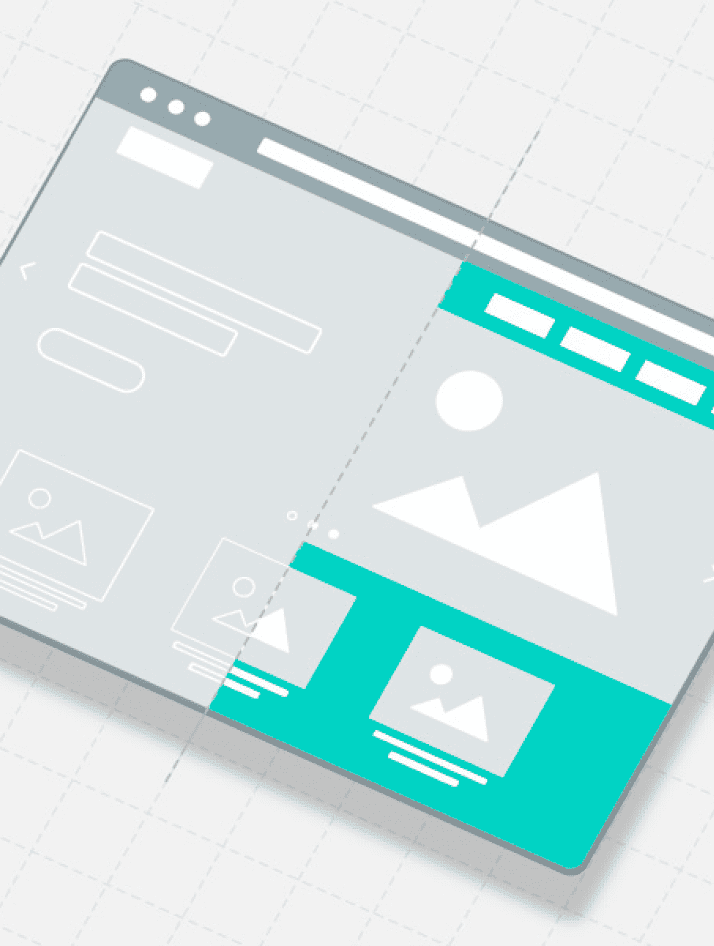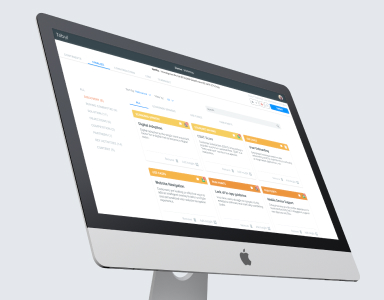Enhance Website Usability: Try Our UX Audit
Improve user experience and retention rates with our UX audit services. Find out more today!

If you're losing customers and you don't know where check out our website usability guidelines. A UX audit may be in order. Ask about our services. Brought to you by WANDR, ranked the #1 in product strategy and UX design.Businesses should never overlook the importance of website usability. Without a quality experience, sites receive more drop-offs.Website usability directly impacts the overall user experience on your website. A lack of usability may limit the effectiveness of your marketing efforts and hurt sales.A UX audit offers an efficient solution for uncovering issues that cause these drop-offs. Learn about audits and other website usability guidelines to improve the use of your site.
What Is Website Usability?
The usability of a website refers to its ability to effectively and efficiently provide visitors with the information that they require. This covers everything from the use of menus and navigation bars to the placement of content and the selection of features or functions. Key components include:
- Accessibility
- Clarity
- Credibility
- Relevance
What is the importance of website usability? Without the features listed above, you are more likely to experience high bounce rates and fewer conversions.
How Do You Increase Usability of a Website?
The best practices for developing an effective user experience (UX) include:
- Focus on the needs of your users
- Use a mobile responsive design
- Provide a simple interface
- Guide visitors where they need to go
- Include contact information
- Only include relevant content
A UX audit helps us determine if any of these features are missing. For the best results, outsource the auditing to a firm that specializes in UX design (like us!). By bringing in an outside partner, you can receive an unbiased review of the website usability on your site. Many times, our own products are the most difficult to critique, and a fresh set of eyes uncovers a stronger analysis.Here is a closer look at some of the ways that an audit can help prevent drop-offs.
Accessibility
Accessibility is one of the most important aspects of website usability. Common website usability guidelines include using a mobile-friendly design, fixing broken links, and maintaining a fast-loading website.If users cannot access the site, you lose out on acquiring new customers. People cannot make a purchase when the site refuses to load or does not load properly on their devices.During a UX audit, we may find website usability issues related to accessibility. For example, slow-loading web pages are often the result of poor web hosting. Spending more on quality hosting can improve page-loading speeds and the overall user experience.
Clarity
When considering the importance of website usability, we review the clarity of the site. Without a clear message and user interface, visitors may not find the information they seek. This is another website usability issue that leads to lower conversion rates.Visitors become frustrated when the user interface leads to confusion or provides too many distractions. A quality UX design focuses on the most important content. Only include information and details that matter to your visitors. Avoid distracting or useless filler content and flashy graphics. It also helps to maintain a consistent theme throughout your site. Stick to the same color scheme and branding. This helps visitors become more familiar and comfortable with the site.
Credibility
People are wary about purchasing items from unknown entities. This is especially true for business-to-business (B2B) sales. To attract new customers, you need to establish trust, which requires credibility. If visitors do not trust the source, they do not trust the content. Consumers are less likely to complete purchases or sign up for your email mailing list. A UX audit with website usability testing determines the level of trust that users experience when navigating your site. Some of the website usability guidelines related to credibility include:
- Adding an “about us” page
- Including relevant contact details
- Double-checking content for grammar errors
- Using third-party testimonials
- Featuring press features and awards
An “about us” page with a clear description lets visitors know that your company is real. Adding contact information and including short bios of key staff add to the credibility of the site.The perceived trustworthiness also depends on the quality of the content. If visitors detect multiple grammar errors, they will gain a negative impression of your products or services, limiting any website usability improvements you make.Adding third-party testimonials is also part of the standard website usability guidelines for businesses. Testimonials help highlight the strengths of your offerings and establish more trust with visitors. People are more likely to believe another customer compared to believing the sales copy on the website. Not to mention, a few customer logos build trust by highlighting the standard of your cliental (and therefore service or product).Lastly, in a competitive world, social proof can also increase credibility. This includes social media following, newsletter subscribers, press features, and awards/ accolades.
Relevance
If your content is irrelevant, your website usability score decreases. All content on your site has to circle back to adding value to potential customers.Elements that do not serve a purpose distract users from the relevant content on the screen, hurting the navigability and overall website usability of your site.Use a UX audit to review everything on your website. Eliminate irrelevant content, such as images or lengthy descriptions. Including relevant content also requires you to understand your visitors. Define your target audience. Determine the goals of your typical visitors after they arrive on your site.Each page should have one main purpose and all content should be relevant to that goal. For example, you may want visitors that arrive on a specific landing page to sign up to a mailing list or navigate to another page.
Why Should You Use a UX Audit?
A UX audit reviews your core offering and where it fails potential customers. An audit provides detailed insight into how users really feel about visiting your website. Usability testing is one of the main tools used during a UX audit. With usability testing, real users navigate and evaluate your website. Instead of employees looking for bugs or potential issues, actual users explore the site for feedback. This eliminates bias.Obtaining feedback directly from your target audience offers invaluable details about your website. We can find potential issues related to the usability guidelines discussed. Usability testing and UX audits can be used during any stage of developing a website. We use these methods during the early development stages to ensure that your project remains on the right track. We also use audits and testing after the release of a product or service to look for potential issues with the usability of a website.After the audit, you receive a series of recommendations for implementing various website usability guidelines. We can address the issues uncovered to boost the user experience offered on your site, leading to improvements across most key performance indicators.
Closing Thoughts on Website Usability
Ultimately, your website experience is connected to overall customer satisfaction. Without the website usability guidelines discussed, you will likely experience low conversion rates and fewer sales. If you believe you may be experiencing low conversion rates and high bounce rates, use an audit to find the potential causes. Check out our UX audit services.An audit uncovers user experience issues through usability testing and a detailed review of specific areas of your website. Next, we boost usability and deliver a better experience to your visitors.These visitors convert to customers. Your business increases revenue and decreases spending on customer service.Product goals? Let’s make it happen. Book a free consultation call with our team.Talk to us on LinkedIn, Instagram, Facebook, or Twitter.


























































